The world of SEO is in constant motion. New AI developments, shifts in search behavior, and major platform updates mean that strategies that worked yesterday might be obsolete tomorrow. For marketing agencies juggling multiple clients, staying ahead of this curve is a significant challenge. This isn't just about missing out on the latest buzzwords; it's about failing to deliver the cutting-edge results clients expect.
Keeping up requires constant research, training, and investment in new tools—resources that are often scarce. Agencies find themselves caught in a loop of playing catch-up, unable to proactively integrate new strategies that could drive real growth for their clients.
So, how can an agency innovate without sacrificing the billable hours that keep the lights on? The answer lies in a strategic partnership. A white label SEO provider can bridge this gap, offering the specialized expertise and scalable resources needed to adopt and execute trend-driven strategies. By leveraging a white label SEO partner, agencies can not only keep pace with the industry but also position themselves as leaders, all while focusing on what they do best: building client relationships and growing their business.
The Latest SEO Trends (2024–2025) Agencies Must Adopt
To stay competitive, agencies need to master the trends shaping today’s search landscape. These aren't just minor tweaks; they represent fundamental shifts in how search engines understand and rank content.
1. AI-Powered SEO & Content Automation
Artificial intelligence is no longer a futuristic concept—it's a core component of modern SEO. AI-driven tools are revolutionizing keyword research for SEO, automating content generation, and providing predictive analytics that guide strategy.
For example, an agency partnered with a white label SEO provider could use AI-assisted content briefs to generate topic clusters that perfectly align with user intent, ensuring every piece of content is optimized for maximum impact from the start.
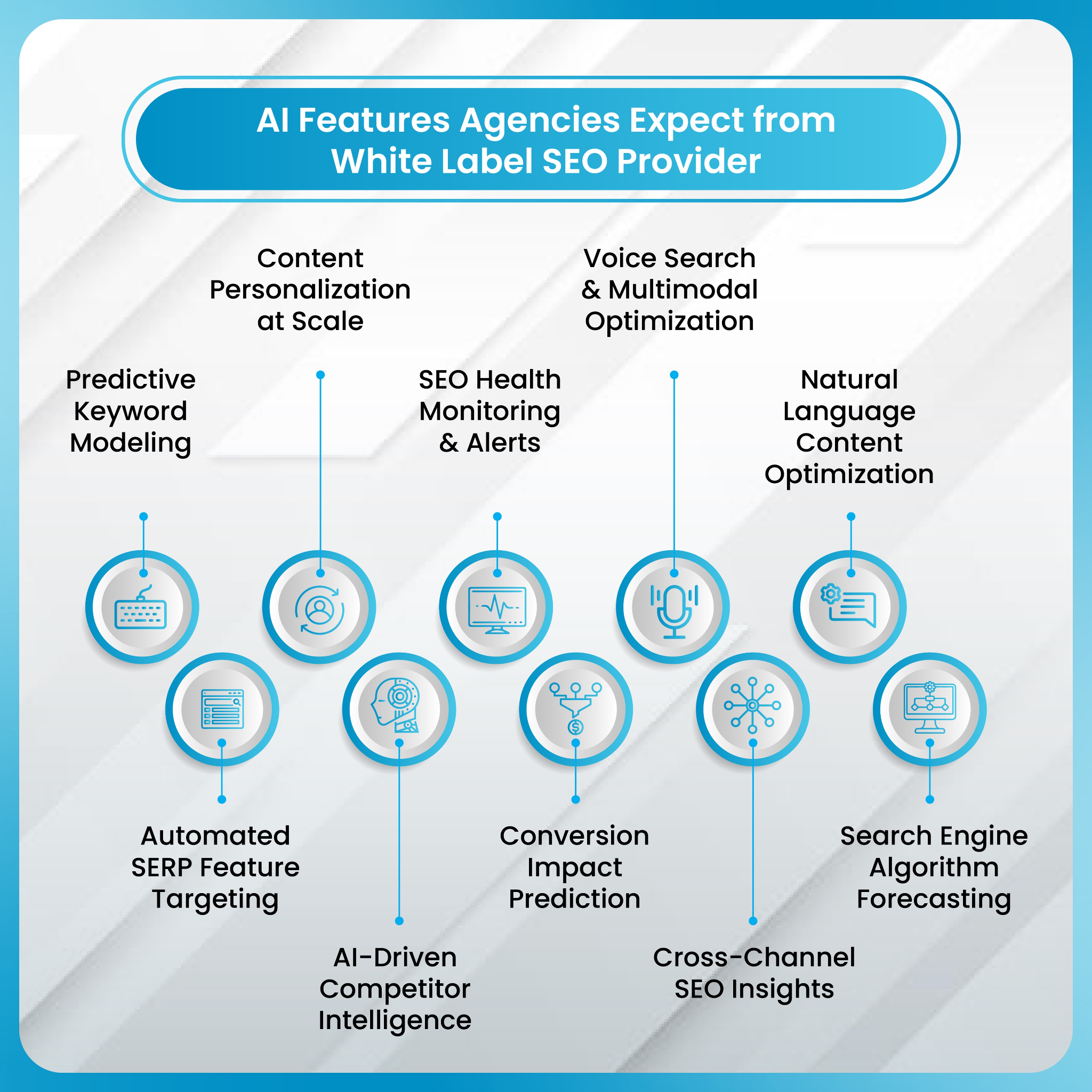
2. Core Web Vitals & User Experience Optimization
Google continues to prioritize user experience, making Core Web Vitals (CWV) non-negotiable. Mobile performance, site speed, and engagement signals are critical ranking factors. A client who sees their page load time improve might also see a 25% decrease in bounce rates, signaling to Google that their site provides a valuable and seamless experience. White label SEO services specialize in the technical optimizations needed to pass CWV assessments, a task that can be resource-intensive for in-house teams.
3. Voice & Visual Search Optimization
The way users search is changing. With the rise of smart speakers and advanced image recognition, optimizing for voice and visual search is essential. According to Pew Research, 40% of adults now use voice search daily. This requires a different approach to keywords, focusing on natural, conversational phrases and structured data that can be easily interpreted by voice assistants and image search algorithms.
4. Local SEO & Hyper-Localization
For businesses with physical locations, local SEO is more important than ever. This goes beyond simple directory listings. A comprehensive strategy includes Google Business Profile optimization, creating localized content, and building local links. For instance, a white label SEO agency helped one local clinic achieve a 3x growth in appointments by focusing on hyper-local tactics that connected them with patients in their immediate community.
5. Video SEO & Rich Snippets
Video content is booming, and optimizing it for search is crucial. Structured data, or schema markup, helps search engines understand the content of a video, making it eligible for rich snippets and featured placements in search results. An e-commerce client, for instance, saw their click-through rate (CTR) improve by 18% after their white label SEO partner implemented structured data for their product videos, making their listings stand out on the SERP.
6. Matching Search Intent
Ranking is no longer just about keywords; it's about aligning your content with what users actually want. Understanding user intent—whether it's informational, navigational, or transactional—is key to creating content that satisfies their needs. Backlinko's 2025 SEO Trends report highlights that failing to meet user intent drastically reduces engagement. Optimizing a client’s page to better match user intent has been shown to increase traffic by as much as 30%, as the content directly answers the user's query.
7. E-E-A-T & Authoritative Content
Google's emphasis on Expertise, Experience, Authoritativeness, and Trustworthiness (E-E-A-T) means that content must be credible and written by experts. Websites demonstrating high E-E-A-T are 40% more likely to rank on the first page. This requires a focus on building author profiles, securing high-quality backlinks, and creating comprehensive, well-researched content that establishes the brand as a trusted authority.
Future-Looking SEO Trends (2026+) Agencies Should Prepare For
The SEO landscape of tomorrow will be even more integrated with AI and focused on providing direct answers. Agencies that prepare for these future trends now will gain a significant competitive advantage.
- AI Search & Generative AI Integration: Predictive search and AI-curated experiences, like Google's AI Overviews, will become standard. Backlinko notes that these AI-generated summaries are already appearing at the top of search results. A white label SEO services partner can help by implementing advanced strategies like AI-driven topic clustering, which has been shown to boost client traffic by 40%.
- Semantic Search & Knowledge Graph Optimization: SEO will move further away from keywords and toward entities and concepts. Optimizing content with structured data to feed Google's Knowledge Graph will be essential for visibility. Pages with structured data are far more likely to appear in rich snippets, making them more prominent on the SERP.
- Cross-Platform Search Optimization: The search doesn't just happen on Google. Optimizing for Bing, Amazon, YouTube, and even social platforms like TikTok is becoming critical. An e-commerce client, for example, saw a 30% increase in sales after adopting a multi-platform SEO strategy that targeted customers where they shop and search.
- Zero-Click Searches & Declining CTRs: The rise of AI summaries and featured snippets means more searches will end without a click. As Backlinko points out, this contributes to the growth of "zero-click searches." The focus must shift from just driving clicks to optimizing for visibility within these snippets and rich results to ensure the brand's message is seen.
- Brand Presence as an Authority Signal: Brand mentions, even without a link, will increasingly influence rankings. Backlinko’s research suggests that search engines view unlinked mentions as a signal of authority. A SaaS company, for instance, may rank higher simply due to consistent brand mentions across industry blogs and forums.
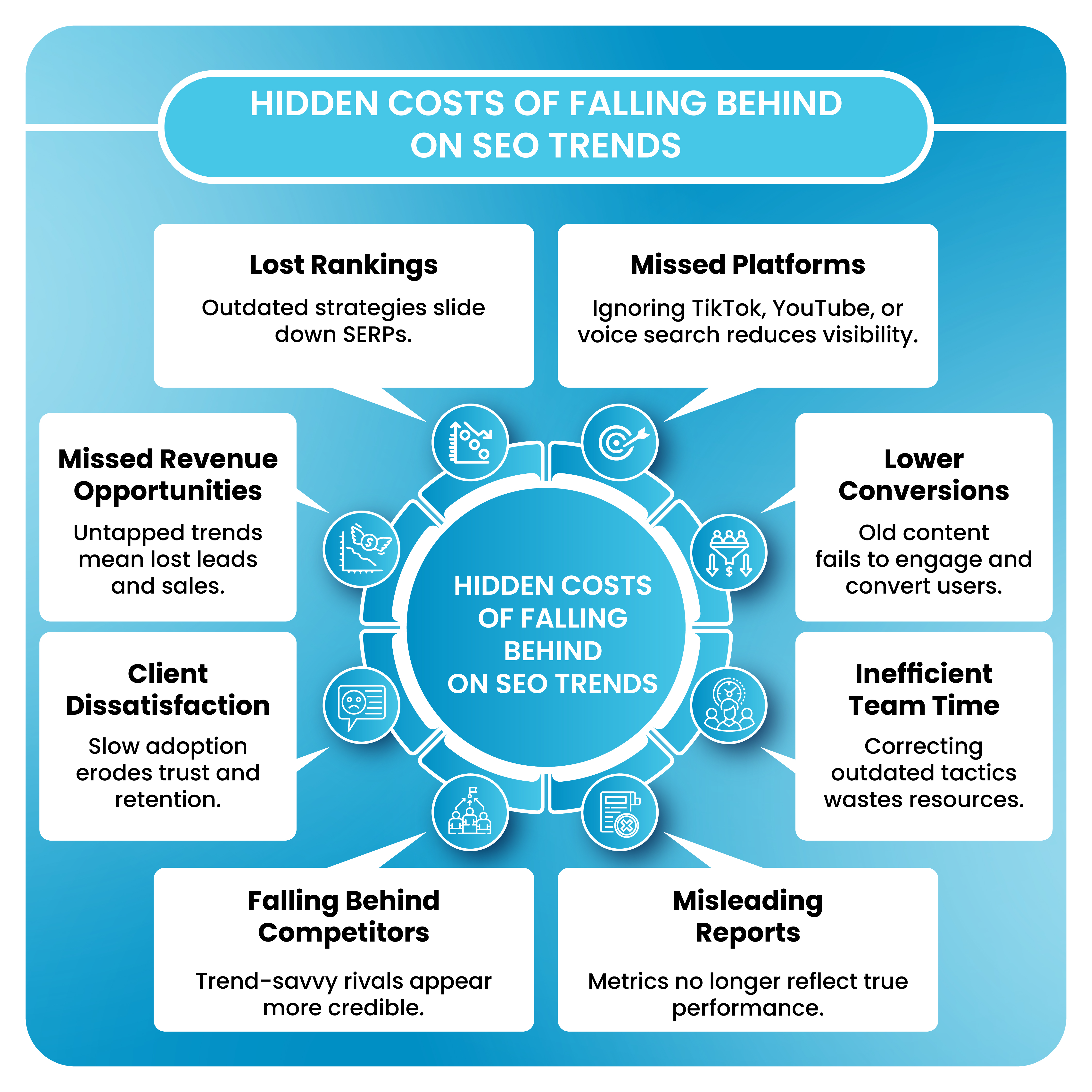
Why Do Agencies Struggle to Implement SEO Trends?
Knowing the trends is one thing; implementing them is another. Many agencies face significant internal hurdles that prevent them from staying ahead.
- Innovation vs. Billable Hours Conflict: Agencies generate revenue by servicing clients, not by investing in R&D. Time spent experimenting with AI-assisted clustering or optimizing for zero-click searches is time not spent on billable work, leaving agencies in a reactive, not proactive, position.
- Difficulty Scaling Niche-Specific Trend Adoption: SEO trends are not one-size-fits-all. A healthcare client may need HIPAA-compliant AI solutions, while an e-commerce client wants predictive search optimization. Most agencies lack the specialized bandwidth to tailor trend adoption across multiple industries at once.
- Lag Between Trend Emergence and SOP Creation: Implementing new SEO trends requires structured processes and workflows. Developing these standard operating procedures (SOPs) internally can take months. By the time they are ready, the trend is already mainstream, and the competitive advantage is lost.
- Talent Drain & Specialist Burnout: SEO specialists with cutting-edge skills are in high demand and are often expensive. Agencies frequently find themselves in a costly cycle of hiring, training, and losing top talent to larger in-house roles, making it impossible to sustain long-term trend adoption.
- Inconsistent Data Across Platforms: Analyzing trends requires accurate data from multiple sources, like SERP volatility from Semrush and CTR shifts from Google Search Console. Agencies can waste countless hours trying to reconcile conflicting data, which delays execution and hinders strategic decision-making.
- Fear of Over-Promising Trend Outcomes: Clients expect guaranteed ROI, but future-looking trends like generative AI search come with uncertainty. This hesitation causes agencies to miss valuable opportunities to position themselves as industry innovators and leaders.
How White Label SEO Services Help Agencies Adopt Trends?
This is where a white label SEO partner becomes a game-changer. They provide the infrastructure, expertise, and resources to overcome these challenges, allowing agencies to thrive.
- Plug-and-Play SOPs for Trend Adoption: White label SEO providers come equipped with proven frameworks for implementing new trends. They already have established SOPs for structured data, semantic search, and AI-driven content mapping, allowing agencies to bypass the lengthy internal development phase and start executing immediately.
- Cross-Vertical Trend Benchmarking: With experience managing hundreds of campaigns across various industries, white label providers offer invaluable insights. They know which trends deliver results in healthcare versus SaaS or e-commerce, enabling agencies to make data-driven decisions instead of guessing.
- Elastic Resourcing for Trend Spikes: Trends like video SEO or interactive content creation can create sudden demands for production that an in-house team can't meet. A white label service provides "on-demand" bandwidth, allowing agencies to scale up or down as needed without the burden of over-hiring.
- Access to Beta Tools & Early Trend Insights: Many white label providers have strong relationships with SaaS companies and often gain early access to beta features, like AI-driven SERP forecasting. This gives their agency partners a first-mover advantage.
- Risk-Buffered Experimentation Layer: A white label SEO partner can run small-scale trend pilots behind the scenes, testing new strategies before they are presented to clients. This allows agencies to innovate and appear forward-thinking while minimizing any potential risk to client campaigns.
- Client Expectation Management via White Label Reporting: Like DashClicks’ Analytics Software , which can be customized to highlight metrics tied directly to trend adoption, such as entity coverage or zero-click visibility. This helps reframe client conversations from being solely about rankings to focusing on overall visibility in an evolving search landscape.

How DashClicks Unlocks Trend-Driven Success?
Platforms like DashClicks are specifically designed to empower agencies by providing fully integrated white label SEO services. DashClicks combines powerful software with expert fulfillment services, allowing agencies to resell cutting-edge SEO under their own brand.
The platform offers a suite of tools for everything from analytics and reporting to lead generation and project management. This means an agency can instantly offer sophisticated services like advanced user experience optimization, AI-powered content strategies, and cross-platform SEO without needing to build the infrastructure or hire specialized teams.
With DashClicks, agencies can confidently sell trend-driven SEO, knowing they have a reliable partner to handle the execution, all while they focus on scaling their business and delighting their clients.
Measuring the Impact of Trend-Driven SEO: Key Metrics
To demonstrate the value of these advanced strategies, agencies need to track the right metrics. The old way of just looking at rankings is no longer enough.
- Search Visibility Beyond Rankings: As Rand Fishkin famously said, "Visibility is the new click." Track your presence in SERP features like featured snippets, People Also Ask boxes, and video carousels. Semrush data from 2023 showed that 65% of Google searches ended without a click, underscoring the importance of being seen, even if it doesn't lead to a website visit.
- Zero-Click Performance: Monitor how your CTR is trending. According to Backlinko, the CTR for the #1 position dropped to 27.6% in 2023. Analyze post-click engagement metrics like time on page and bounce rate to understand the quality of the traffic you are receiving.
- Entity & Semantic Signals: Go beyond keywords and measure entity salience and topic cluster coverage. As the late, great Bill Slawski put it, "Google is moving from strings to things." This shift to understanding concepts makes entity-based SEO crucial.
- Content Experience: Track Core Web Vitals, scroll depth, and video engagement. Google has confirmed that passing CWV can lead to a 24% lower bounce rate, proving that a better user experience directly impacts performance.
- Brand Authority (E-E-A-T): Monitor backlink quality, author bios, and external citations. A 2024 survey by Search Engine Journal found that 64% of marketers prioritize E-E-A-T. As SEO expert Marie Haynes notes, "Without E-E-A-T, rankings are temporary."
- Cross-Platform SEO: Measure your visibility on YouTube, Bing, and even TikTok. Google reported in 2022 that 40% of Gen Z now prefer using TikTok or Instagram for search, highlighting the need for a multi-platform approach.
- Business Impact (Client-Facing): Ultimately, clients care about the bottom line. Track leads, conversions, cost-per-acquisition (CPA), and the share of revenue driven by organic traffic. Data from BrightEdge shows that organic search drives 53% of all website traffic and 44% of revenue. As Aleyda Solis says, "SEO without ROI is vanity."
Partner for a Future-Proof Agency
Staying competitive in the fast-paced world of SEO requires more than just keeping up; it demands a proactive, forward-thinking approach. For most agencies, the internal resources needed to innovate, test, and scale new trends are simply out of reach. This is where the power of a white label SEO partnership becomes clear.
By leveraging the expertise, tools, and established processes of a white label SEO provider, agencies can instantly elevate their service offerings. They can deliver cutting-edge, trend-driven SEO that produces real results for clients, freeing up internal resources to focus on growth and client relationships. The fastest-growing agencies are those that are trend-savvy, and they use white label SEO partners to execute advanced strategies at scale. Don’t just react to the future of SEO—lead the charge.
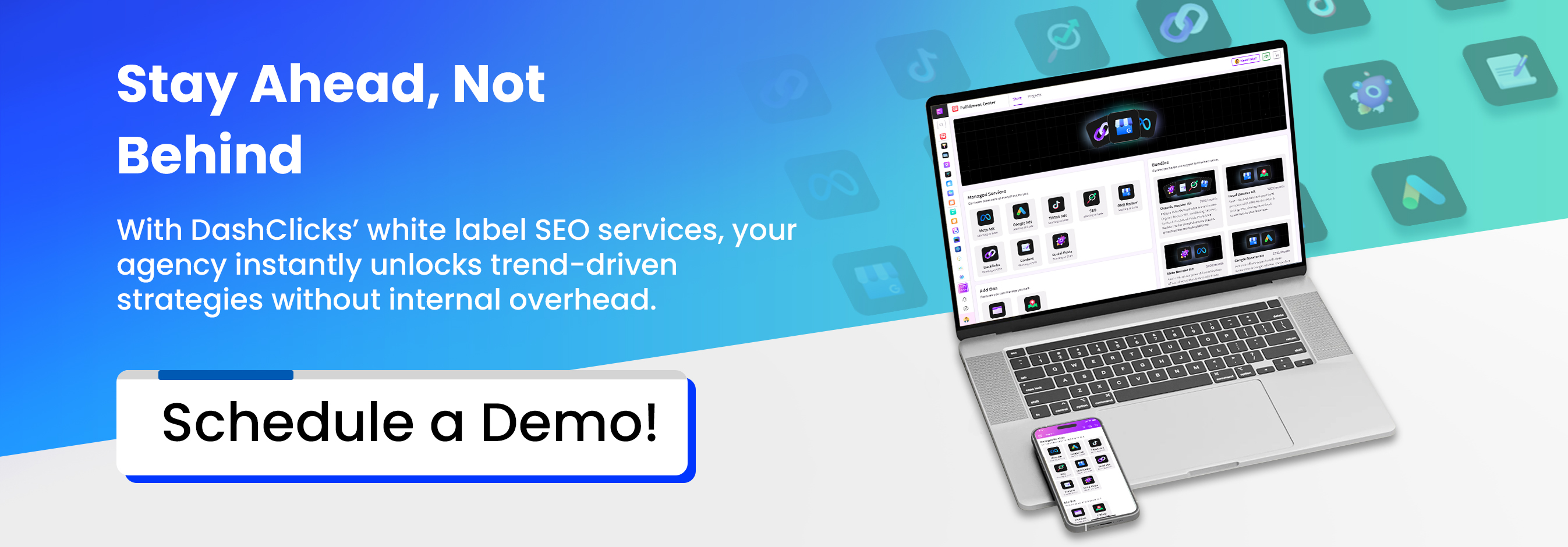


.svg)
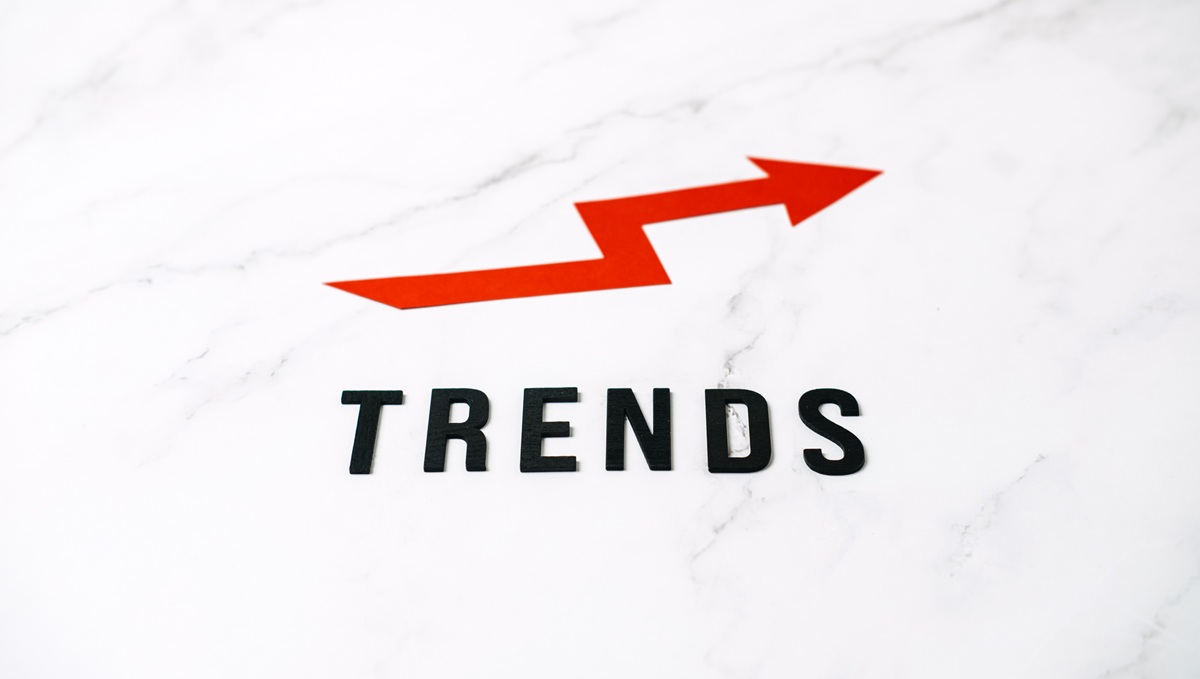
.svg)
.svg)
.svg)
.svg)
.svg)
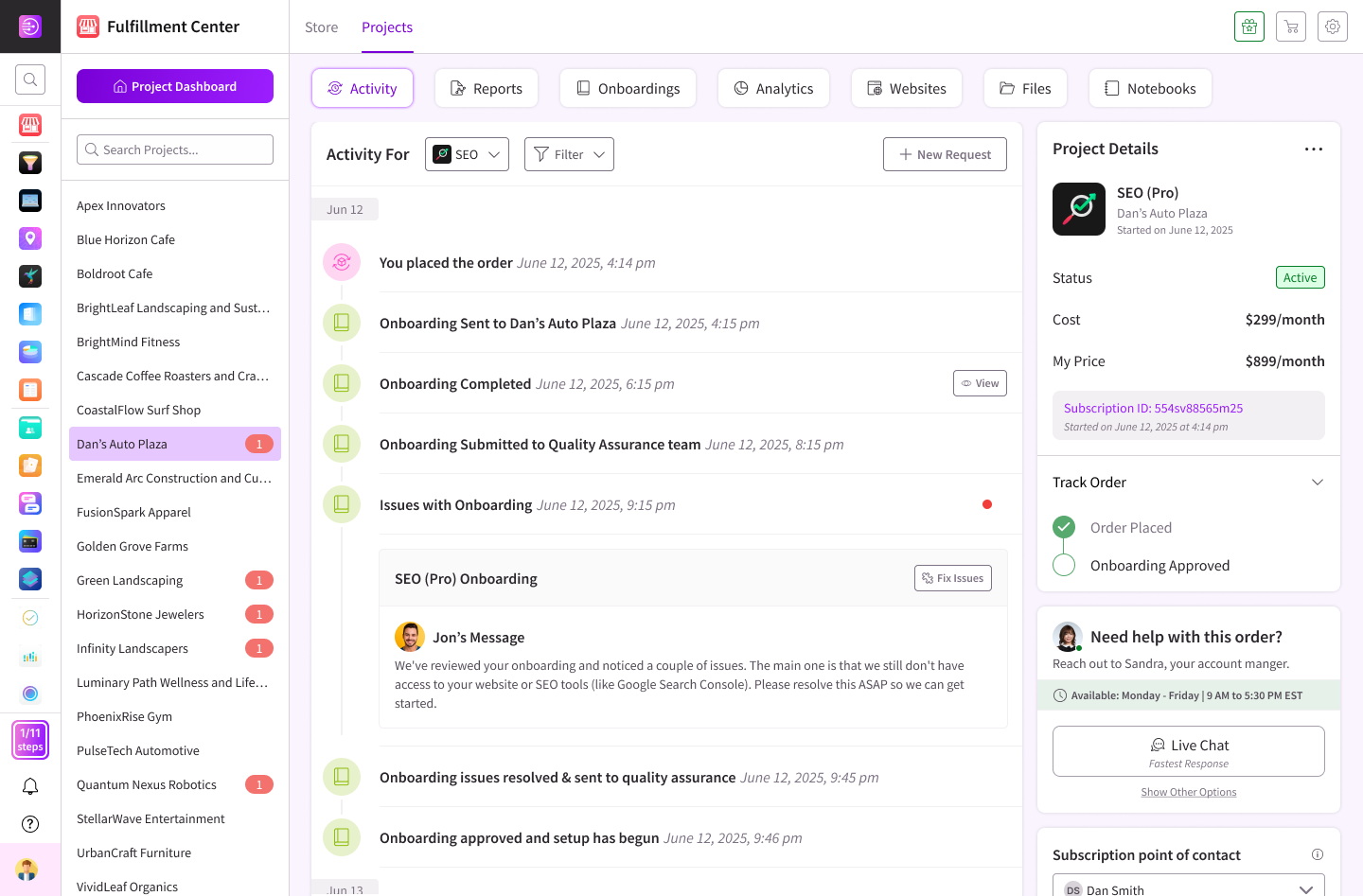
.svg)




.svg)
.svg)
.svg)
.svg)
.svg)